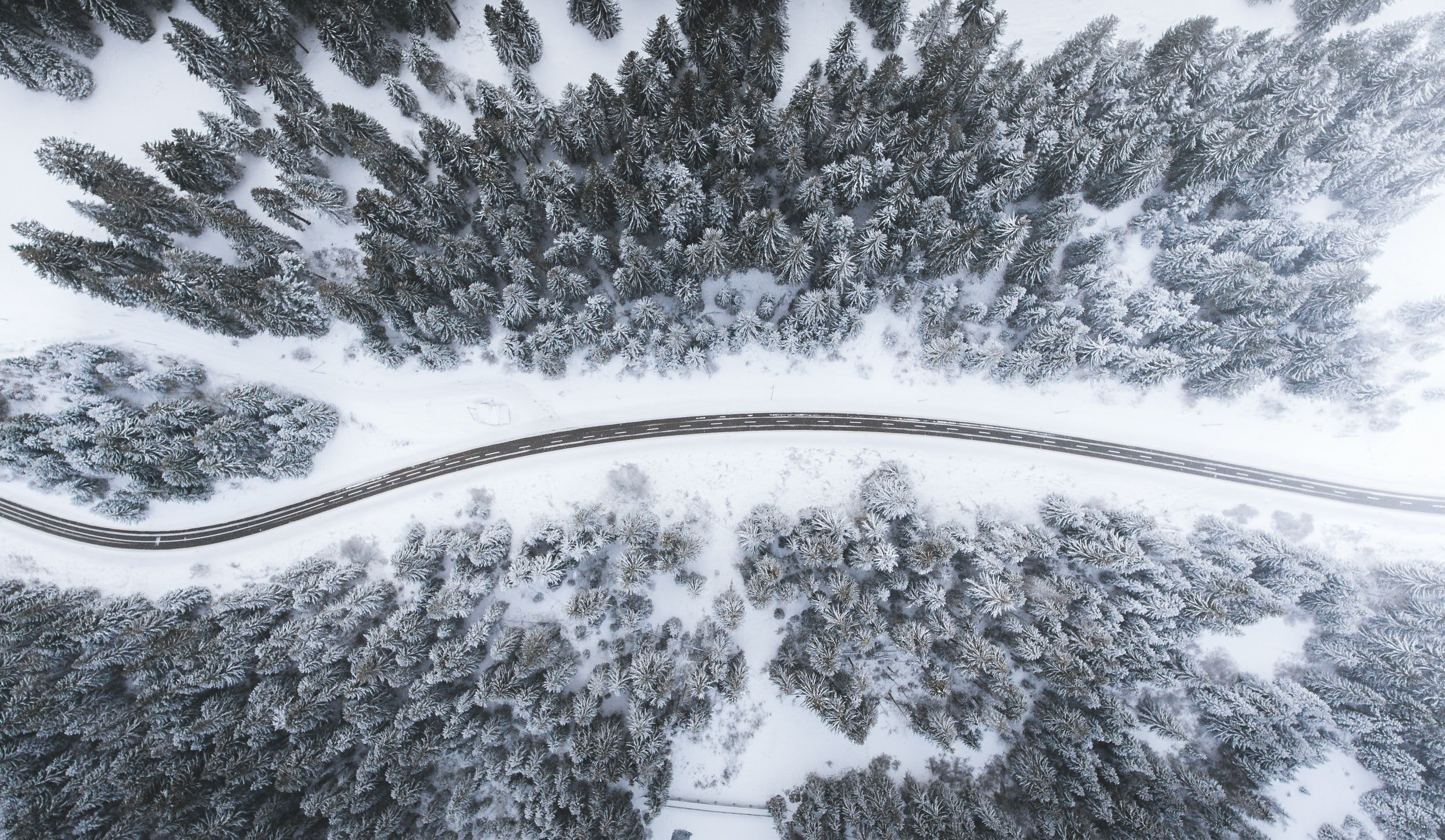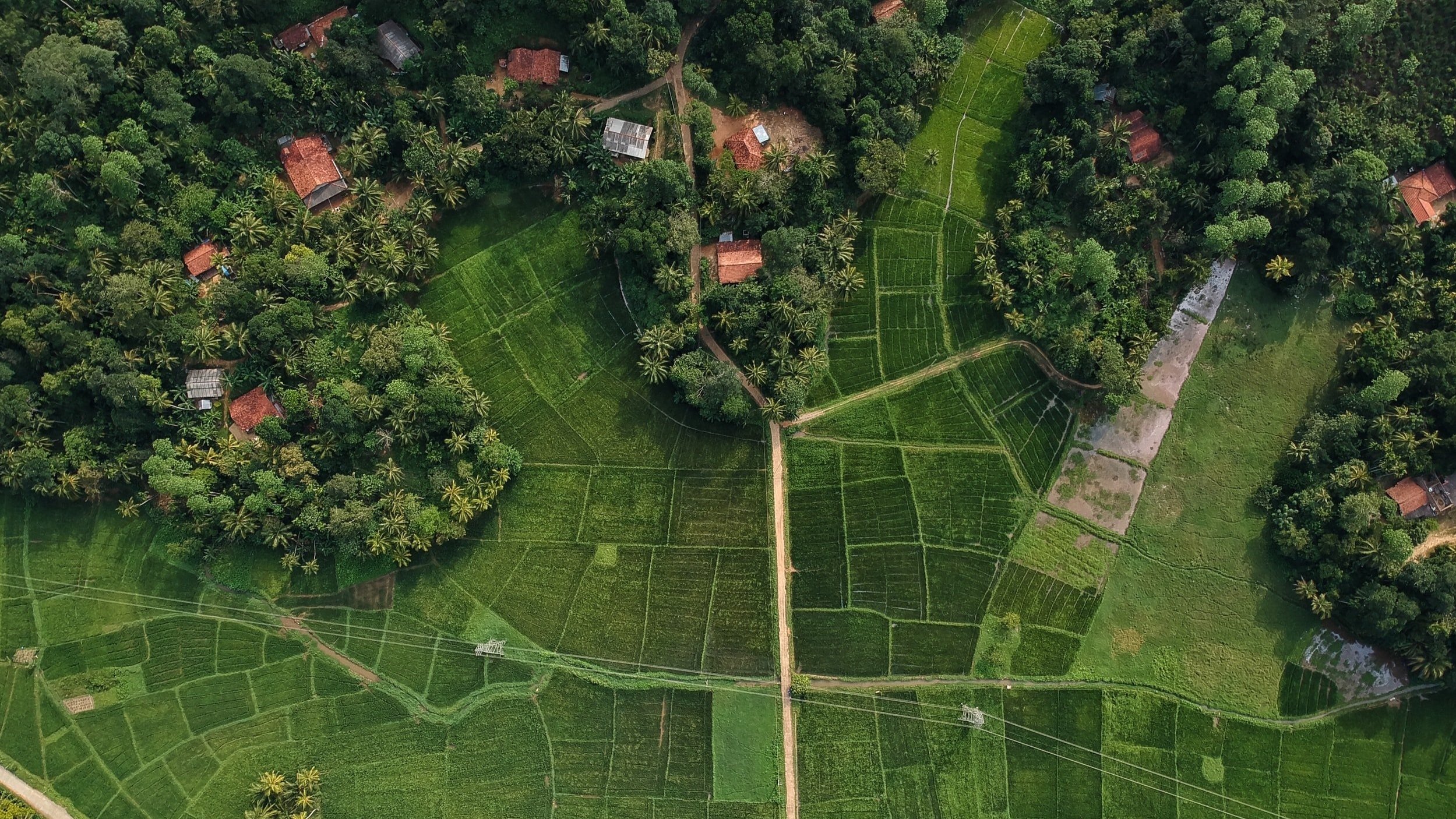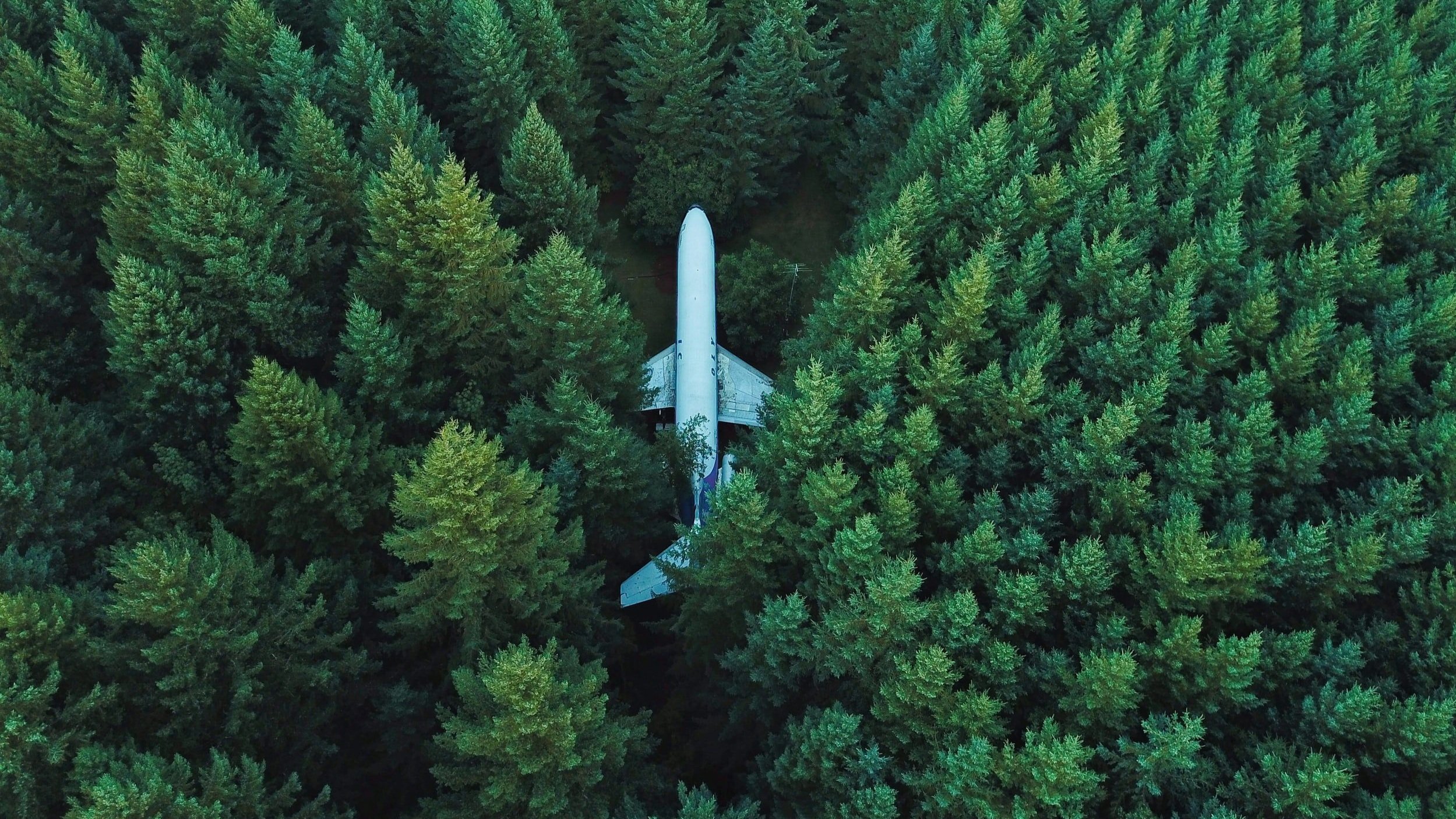
1100×560

1100×560

1100×560



Aerial photography may provide images that are beyond your wildest dreams, but it takes significant skill to fly a high-quality camera in the air. This article focuses entirely on drone photography strategies that help enhance drone photography. You will learn about the practical, legal, and safety factors for taking better drone photos.
Drone Photography Advice
There are a few things that you should be aware of whether you have experience with a drone camera or are just beginning. Please keep in mind these drone photography advice once using the drone camera:
1. Select Drones Based On Your Skill Level And Requirements
How smoothly can you fly a drone is something important to bear in mind. Some drones are lighter, more durable, and less expensive for starters. These drones are inexpensive but have fewer functions. So, search for a drone that complements your talent.
You also need to be aware of what your drone is capable of. For instance, some drones can only be used indoors, others have built-in illumination that makes nighttime photography easier, and some have a larger scope. Before determining what to do with your drone, you should thoroughly review the features.

2. Get Familiar With The Local Regulations
You must unquestionably have this in mind. There has been a lot of progress in the laws and norms governing where, how, and who can fly a drone in today’s world since a drone is almost always present. Airports and the surrounding regions shouldn’t be used since drones cannot be flown over other aircraft or aerial objects.
3. Tick This In Your Checklist
A test flight is usually a good idea. It will guarantee that you have everything you need before taking off. Additionally, both you and your drone will be protected from risky situations.
The following items need to be checked before you start:
-
Fly zone
-
Surroundings
-
Weather
-
Battery
-
Propellers
-
Motor
-
Settings
-
Remote control
4. Take A Test Drive
If you don’t take your drone for a test drive, you’re making a really bad mistake. Without a doubt, you are not spending time and money on a drone just to lose control of it. Don’t forget to give your drone a test run. Flying a drone just requires “practice till perfection.”

5. Acquire Skills In Drone Photography
There is no use in seeing wonderful places just to come home with a picture that is oddly framed. Beautiful photo-taking is an art that can only be mastered with practice and patience.
Be aware of the following things:
-
Don’t forget the fundamentals. In most cases, when we progress, we lose sight of the photography basics, but this is still true for drone photography. It’s crucial to understand fundamental principles like the rule of thirds, the golden ratio, and leading lines if you want to handle art like an expert.
-
Search for patterns and symmetry. You may take some spectacular aerial pictures from the air. looking for a repeating pattern with an attractive color combination.
-
Be straightforward. The finest element for a stunning shot is simplicity. Thus, for stunning photographs, search for a clean and organic mix of materials.
-
Have fun with light. You all understand as photographers how important lighting is while capturing pictures.
For drone photographers, having the right quantity of light might be really advantageous. For instance, taking photographs at specific times of the day might result in stunning images.
6. Don’t Forget The Necessary Accessories
-
Batteries
-
Propeller protectors
-
Extra propellers
-
Extra SD cards
7. Additions
-
A drone landing zone. A drone landing pad will protect your gadget from being damaged.
-
LED Lights. In the dark, there’s a danger that your drone will get lost. In addition to giving your gadget a good appearance, LED lights also enable continuous drone tracking.
8. Keep The ISO Low
Since drone cameras often have small sensors, they perform poorly at high ISO levels. If the ISO is higher than 100, some gadgets will start making noise. Try to maintain a slow shutter speed while photographing in windy or shaded conditions to let in more light and enable you to preserve the lowest ISO for clear and crisp images.

9. Have Improvisational Skills
Photographers need to understand how to handle unforeseen and undesirable circumstances. You must have an extra plan in case the weather changes unexpectedly or if the location you selected is deemed inappropriate for shooting with a drone camera.
10. Get Better Resolution By Using Panoramas
The photo quality of drone cameras is poor due to their low megapixel count. So you may utilize the panoramic approach for a variety of image details. Some drones come with Panorama Mode built-in, but if yours doesn’t, you may still get the desired look by using editing software.
11. Try Both Aspect Ratios (4:3) And 16:9
The most typical aspect ratio for digital cameras is 3:2, however since drone cameras are typically used to record videos, they have larger formats of 16:9 and 4:3. If you’re unsure which format to use, you may test both to see which one creates the desired results.
12. Apply Lens Filters
Although you might not think of filters as essential equipment when using a drone to take images, they are really crucial to getting better results. There are several filters, each serving a distinct function. You should consider the kinds of images you take, the time of your shoot, and the surroundings you often shoot in before investing in any filters.
Unquestionably, drone photography has been a significant advancement in the industry that has had a profound effect on photography as a whole. It may be challenging to master the craft of drone photography, but with practice and the use of these drone photography techniques, you can undoubtedly reach perfection over time.

